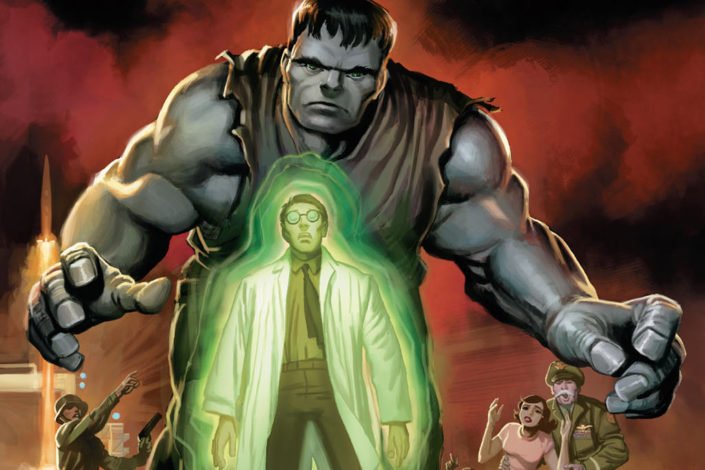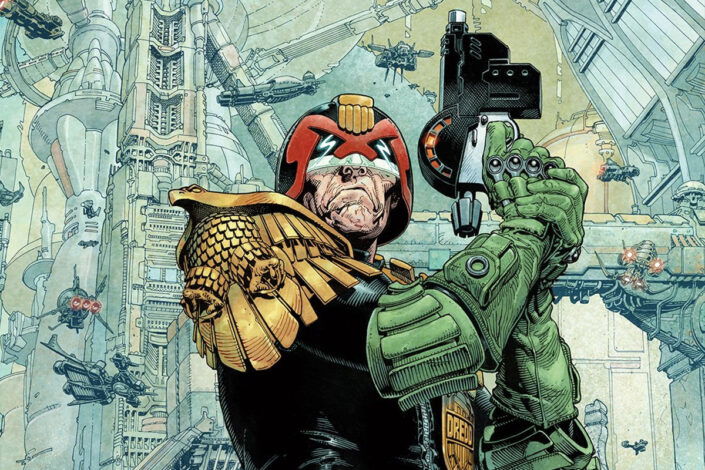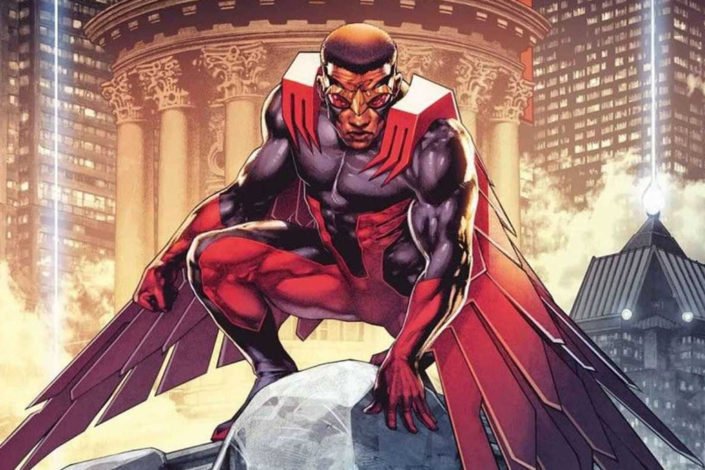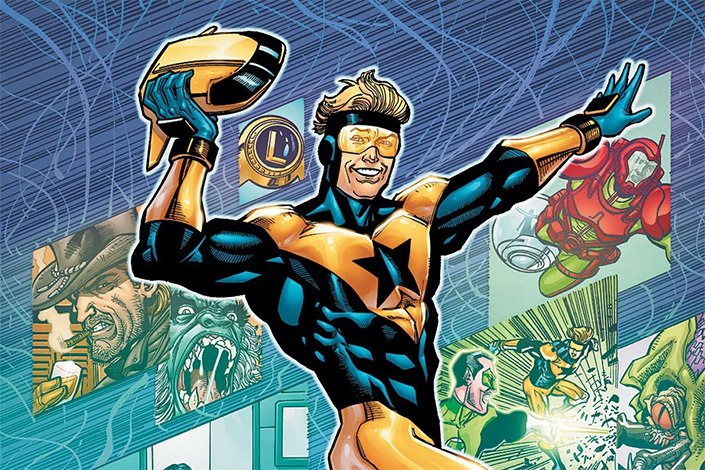Wasp Reading Order (Janet van Dyne)

Created by Stan Lee, Ernie Hart, and Jack Kirby, Janet van Dyne aka The Wasp made her debut in Tales to Astonish #44. She’s one of Marvel’s first female superheroes and a founding member of the Avengers. She’s even the one who gave the team its name!
Coming from a rich family, Janet van Dyne became the Wasp in order to avenge the death of her father, scientist Vernon van Dyne, killed by an alien entity unleashed during one of his experiments. With the help of Dr. Hank Pym (alias Ant-Man), she was exposed to the Pym Particles and biologically altered, giving her the ability to grow wings and shrink under four feet tall. She partnered with Pym, professionally and personally, and would eventually marry him. Their relationship was dysfunctional and Janet will eventually divorce him following an act of physical violence.
From this tragedy will emerge a more empathetic and efficient Avenger, a great leader with an amazing sense of fashion (Janet is also a fashion designer). Though Janet had some occasions to shine as Chairman of the Avengers, she was often sidelined in favor of other characters until she simply disappeared completely following the events of Secret Invasion. She made her return several years later and joined the ranks of the Unity Division, then became an Agent of Wakanda.
Though for too many years defined by her relationship with Hank Pym, Janet also had a tragic story with Havok and became entangled with Tony Stark in recent years.
Her most important recent relationship is, without a doubt, with Nadia, the daughter of Hank Pym and his first wife, who also chose the alias the Wasp. Together, they are Unstoppable! And finally, after sixty years, Janet finally got her own solo series!
It’s time to buzz around and explore Janet’s publication history with this reading order!








